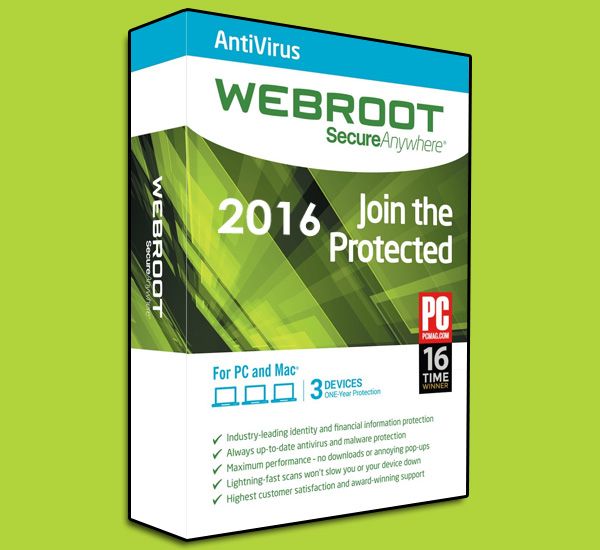

- #WEBROOT ACTIVATION INSTALL#
- #WEBROOT ACTIVATION MANUAL#
- #WEBROOT ACTIVATION SOFTWARE#
- #WEBROOT ACTIVATION FREE#
- #WEBROOT ACTIVATION WINDOWS#
Note: If you installed earlier versions of Webroot security software at any point, remnants of.
#WEBROOT ACTIVATION WINDOWS#
From the Windows task bar, click the arrow near the system clock and click the Webroot icon. If you have questions about selecting an ACME client, or about using a particular client, or anything else related to Let’s Encrypt, please try our helpful community forums. Enter your new keycode in the field provided and click Activate. You can activate Webroot SecureAnywhere Antivirus through the application on your Windows computer. Hosting provider, or switch providers if they do not plan to implement it. For most people it is better to request Let’s Encrypt support from your We don’t recommend this option because it is time-consumingĪnd you will need to repeat it several times per year as your certificateĮxpires. Certbot will then retrieve a certificate that you can upload to your
#WEBROOT ACTIVATION MANUAL#
In manual mode, you upload a specific file to your website to prove yourĬontrol.
#WEBROOT ACTIVATION INSTALL#
Support uploading custom certificates, you can install Certbot on your own If your hosting provider doesn’t want to integrate Let’s Encrypt, but does

Support, and providers are often happy to hear suggestions from customers! We do our best to make it very easy to add Let’s Encrypt If your hosting provider does not support Let’s Encrypt, you can contact them to If so, follow their documentation to set up your

Request and install certificates for all their customers. For some hosting providers, this is aĬonfiguration setting you need to turn on.
#WEBROOT ACTIVATION FREE#
Support, they can request a free certificate on your behalf, install it, and If your hosting provider offers Let’s Encrypt The best way to use Let’s Encrypt without shell access is by using built-in supportįrom your hosting provider. If you’re experimenting with different ACME clients, use our Software, see the documentation for that client to proceed. If Certbot does not meet your needs, or you’d like to try something else, there are Visit theĬertbot site to get customized instructions for your operating system and web server. Works on many operating systems, and has great documentation. It also has expert modes for people who don’t want autoconfiguration. It can automate certificate issuance and installation with no downtime. We recommend that most people with shell access use theĬertbot ACME client. You can ask your hosting provider to be sure. WordPress, there’s a good chance you don’t have shellĪccess. If you manage your website entirely through a To figure out what method will work best for you, you will need to know whetherĪs SSH access) to your web host. With Let’s Encrypt, you do this using software that uses In order to get aĬertificate for your website’s domain from Let’s Encrypt, you have to demonstrateĬontrol over the domain. SecureAnywhere does all the work for you in the background.To enable HTTPS on your website, you need to get a certificate (a type of file)įrom a Certificate Authority (CA). You do not need to launch a scan yourself or schedule scans. If your system is clean: Proceed to step 6.Īfter the initial scan, SecureAnywhere automatically scans your computer daily and constantly monitors activity as you surf the Internet.For more information, see Running scans and Managing quarantined items. If SecureAnywhere detects threats during the scan: it moves the items to quarantine where they are rendered inoperable and can no longer harm your system or steal data.When it completes, the main interface opens (see Using the SecureAnywhere interface). SecureAnywhere begins scanning and configuring the application. Enter your email address and click Continue.

(You can only change the displayed language during installation, not after.)


 0 kommentar(er)
0 kommentar(er)
